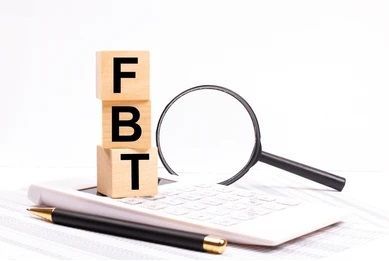Top Tax-Saving Tips for Australians: Maximising Returns and Minimising Liabilities
As Australians, navigating the complex terrain of tax obligations can often feel daunting, but with strategic planning and informed decision-making, you can optimize your financial situation while staying compliant with tax laws. Here are some expert tips to help you save on taxes and make the most of your hard-earned money:
1. Claim Deductions: One of the most effective ways to reduce your taxable income is by claiming all eligible deductions. Keep meticulous records of work-related expenses, charitable donations, and self-education costs to ensure you do not miss out on potential tax savings.
2. Salary Sacrifice: Consider leveraging salary sacrifice arrangements to divert a portion of your pre-tax income into your superannuation fund. Not only does this lower your taxable income, but it also helps boost your retirement savings through concessional contributions. Some employers can car lease and/or arrange mortgage payments through salary sacrifice.
3. Maximize Super Contributions: Take full advantage of the concessional contributions cap by contributing the maximum allowable amount to your superannuation fund. This not only reduces your taxable income but also ensures you are building a solid foundation for your future financial security.
4. Invest Wisely: Explore investment opportunities that offer tax benefits, such as shares held for the long term or property investments. Capital gains from long-term share investments may qualify for tax discounts, while negative gearing can provide tax advantages for property investors.
5. Seek Professional Advice: When in doubt, seek guidance from a qualified tax professional or financial advisor. They can provide personalized advice tailored to your unique circumstances, helping you devise a tax-saving strategy that aligns with your financial goals and priorities.
6. Take Advantage of Depreciation: If you own investment properties or business assets, consider claiming depreciation deductions on their decline in value. Engage a quantity surveyor to prepare a depreciation schedule, maximizing your tax deductions over time.
7. Explore Tax Offsets and Rebates: Investigate available tax offsets and rebates, such as the Seniors and Pensioners Tax Offset, the Low-Income Tax Offset or First home buyer super saver. These incentives can provide valuable tax relief for eligible individuals, reducing their overall tax burden.
8. Contribute to Spouse’s Super: If your spouse earns a low income or is not currently working, consider making contributions to their superannuation fund. You may be eligible for a tax offset of up to $540 per year, helping boost their retirement savings while reducing your tax liability.
9. Plan for Capital Gains Tax (CGT): When selling assets such as property or shares, strategically plan your transactions to minimize CGT liabilities. Utilize CGT concessions, such as the 50% discount for assets held longer than 12 months, to reduce the taxable portion of your capital gains.
10. Educate Yourself: Take advantage of available resources, such as online tax guides, workshops, and seminars, to enhance your understanding of tax-saving strategies and financial planning principles. Empower yourself with the knowledge to make informed decisions and navigate the tax landscape effectively.
11. Keep Detailed Records: Maintaining comprehensive records of all deductible expenses throughout the year is crucial for maximizing tax savings. Whether it is receipts for work-related purchases or invoices for rental expenses, organized documentation can make tax time significantly less stressful.
By implementing these tax-saving strategies and remaining vigilant in managing your finances, you can optimize your tax position and achieve greater financial efficiency. Remember, proactive planning and ongoing review are essential for maximizing tax savings and building long-term wealth.
The post Top Tax-Saving Tips for Australians: Maximising Returns and Minimising Liabilities appeared first on Green Taylor Partners.
More GTP Articles






